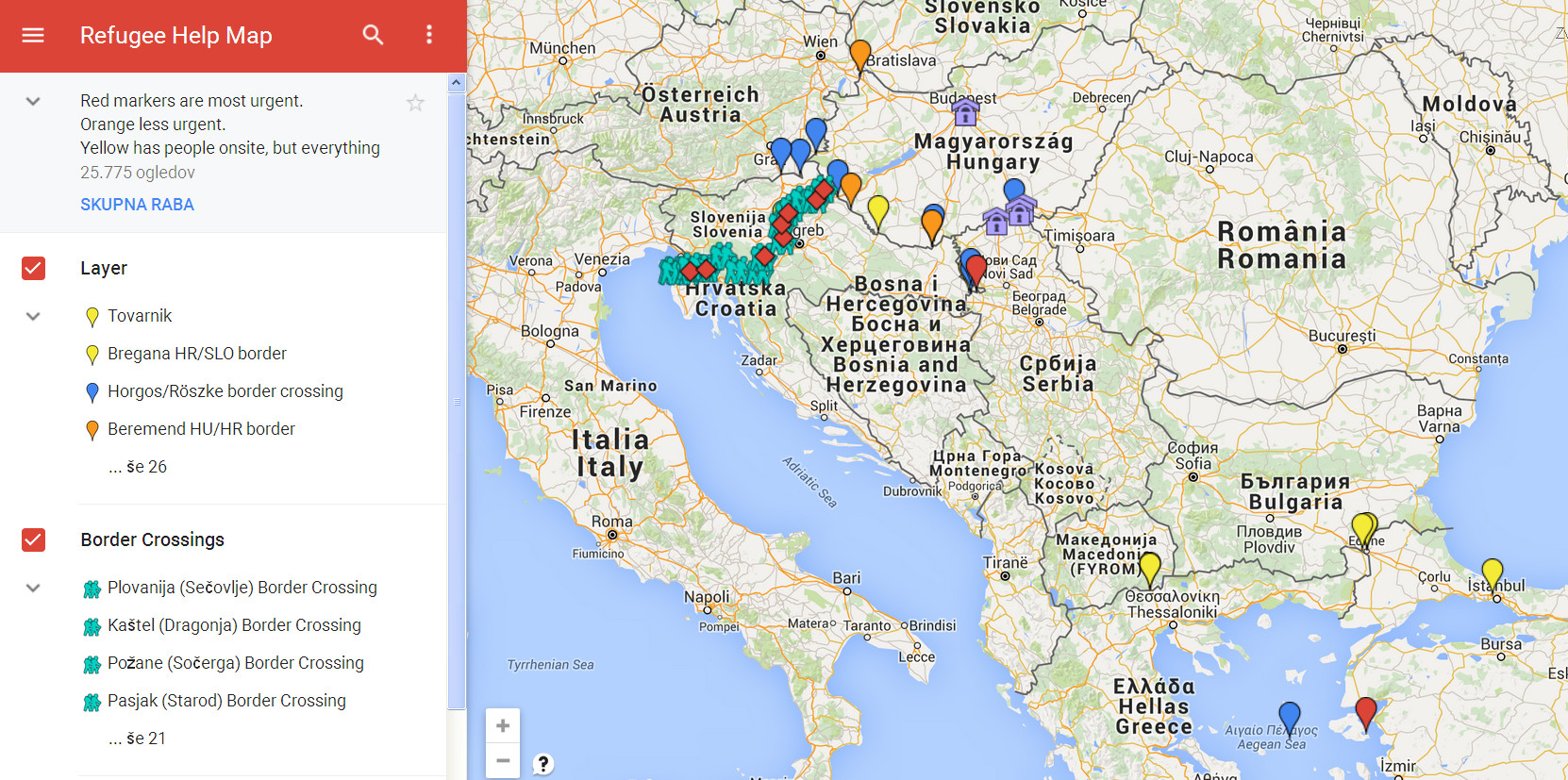Several contributors to CSI-Newcastle have previously argued that popular culture and world politics form a continuum. Each is implicated in the practices of the other. Recent events have once again shown how popular culture and world politics are inextricably intertwined as Harry Potter and the geopolitical imaginations of diplomats have been mobilised in tandem.
Media outlets around the world have been covering what is being referred to as the ‘Voldemort’ controversy in Sino-Japanese relations. As reported in the New York Times:
Top diplomats from the two countries began invoking the fictional evil wizard after a visit on Dec. 26 by Prime Minister Shinzo Abe of Japan to the Yasukuni Shrine, which honours Japan’s war dead, including Class A war criminals from World War II.
According to the Reuters News Agency, Chinese ambassador to Britain, Liu Xiaoming, referred to the Yasukuni shrine in Tokyo as ‘a kind of horcrux’—a reference to an object in the Harry Potter-verse in which dark wizards hide a fragment of their soul in order to obtain immortality. In response, Keiichi Hayashi—Xiaoming’s Japanese counterpart—warned that, ‘China risks becoming Asia’s Voldemort’. As analysts of world politics, what can we make of this exchange?
My response is radically different to that put forward by Steve Saideman at the Duck of Minerva. It is not enough to merely analyse the empirical validity of the Voldemort metaphor as an analogy for Sino-Japanese relations. As noted linguist George Lakoff has argued, the power of metaphors comes from their capacity to enable the understanding and experiencing of one thing—which may be unfamiliar—in terms of another that may be more familiar. The primary function of a metaphor is therefore not the mimetic transposition of an entire set of qualities but rather to promote a particular understanding through what are identified as the most important shared qualities. Metaphors may clarify—for example, by reducing a complex set of political behaviours to qualities associated with a well-known villain– but they also hide and conceal.
Thus, metaphors, in the terminology of Roland Bleiker, provide aesthetic readings of the world. This means that metaphors—like language, theories, concepts, narratives, and discourses— always involve a gap between how they represent reality and the specific properties of reality that we claim to have captured by using the metaphor itself. Moreover, they are performative: like language, metaphors do not merely reflect a pre-existing reality, they construct—and shape—what we take to be real.
I therefore respectfully disagree that our understanding of world politics can be enriched by determining how ‘accurately’ Voldemort—or the storyline of the Harry Potter series— matches onto the actions of China and Japan. Trying to map how popular culture reflects the dynamics of world politics through allegory provides no meaningful insight because it takes what world politics is and the dynamics of world politics as already determined. At best, it provides the opportunity for an interesting thought experiment. Rather, what the Voldemort controversy demonstrates is the world-making properties of popular culture. In other words, it enables us to see how select foreign-policy elites in China and Japan are using popular culture in attempts to shape the way that global audiences perceive and understand their ongoing dispute.
The question for me then becomes: what kind of politics does the turn to Voldemort enable in this case? In asking such a question, one may find that the politics here can found as much in the choice to turn to Harry Potter as a source of lingua franca as it does in the mutual invoking of ‘He Who Must Not Be Named’.
—
Dr Kyle Grayson is a Senior Lecturer in International Politics at Newcastle University, UK. Read more from Kyle, and others, on CSI-Newcastle.










